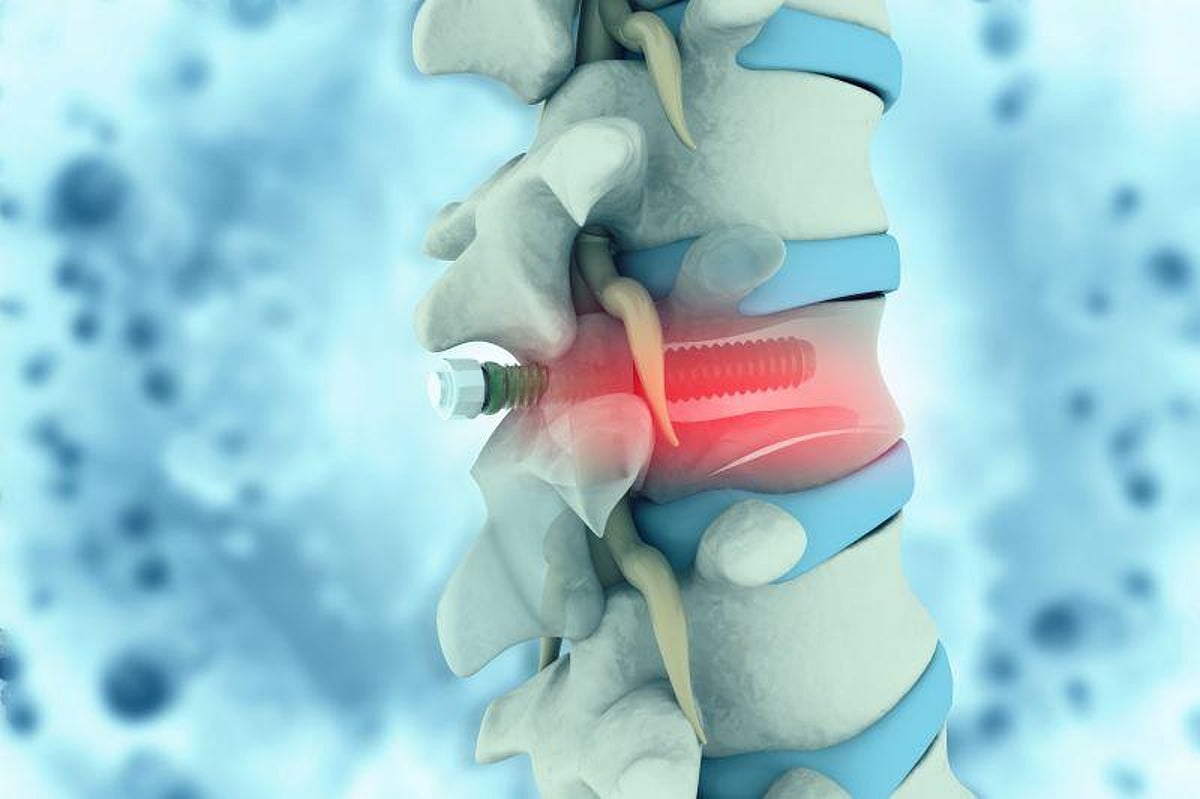Computer Vision Approach Identifies Posterior Thoracolumbar Hardware

TUESDAY, Dec. 27, 2022 (HealthDay News) -- A computer vision approach can accurately identify posterior thoracolumbar hardware, according to a study published in the December issue of the Journal of Neurosurgery: Spine.
Adrish Anand, from the Baylor College of Medicine in Houston, and colleagues proposed a computer vision approach to classify posterior thoracolumbar instrumentation systems. Lateral and anteroposterior (AP) radiographs were obtained for patients undergoing posterior thoracolumbar pedicle screw implantation. Multiple feature detection methods were tested, and the bag-of-visual-words technique with KAZE feature detection was used to construct a computer vision support vector machine classifier. The model performance was compared to that of the current practice of surgeons and manufacturer representatives identifying spinal hardware by visual inspection.
A total of 355 lateral, 379 AP, and 338 fused lateral and AP images were included. The researchers found that the accuracy rates for lateral, AP, and fused images were 93.15 ± 4.06 percent, 88.98 ± 4.08 percent, and 91.08 ± 5.30 percent, respectively, when the two most common manufacturers used at the authors' institution were binarily classified. With each additional manufacturer added, classification accuracy decreased by about 10 percent. For lateral, AP, and fused images, the multilevel five-way classification accuracy rates were 64.27 ± 5.13 percent, 60.95 ± 5.52 percent, and 65.90 ± 5.14 percent, respectively. On 100 test images, the model performed five-way classification with 79 percent accuracy in 14 seconds, compared with 44 percent average accuracy in 20 seconds for two surgeons and three manufacturer representatives.
"Our model performed more accurately and efficiently than the method currently used in clinical practice," the authors write.
Several authors disclosed financial ties to the medical device and technology industries; two authors have study-related patents pending.
Abstract/Full Text (subscription or payment may be required)
Related Posts
La diabetes tipo 1 no tiene que afectar la escolarización de los niños
MIÉRCOLES, 7 de diciembre de 2022 (HealthDay News) -- Los niños con diabetes...
Pfizer Sends First Data to FDA on COVID-19 Vaccines for Younger Children
TUESDAY, Sept. 28, 2021 (HealthDay News) -- Pfizer Inc. announced Tuesday that...
Race Plays Big Role in Whether Kids Learn to Swim
THURSDAY, Dec. 15, 2022 (HealthDay News) -- Black children and teens drown in...
Las dietas que reducen el hierro en el cerebro podrían conservar su agudeza
LUNES, 13 de septiembre de 2021 (HealthDay News) -- Los adultos mayores que...
